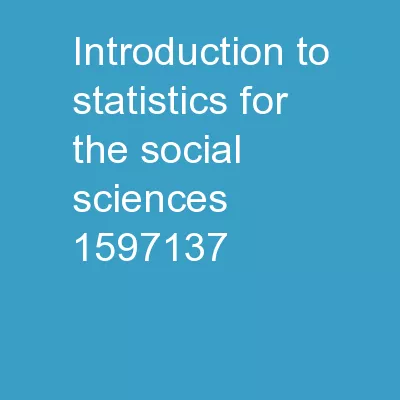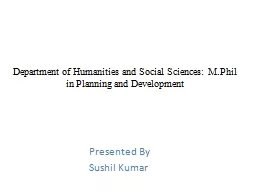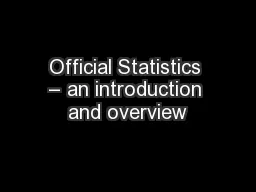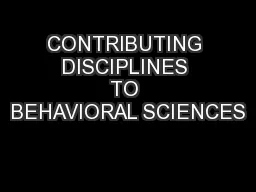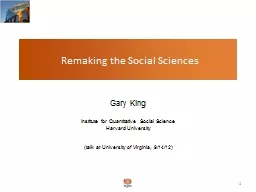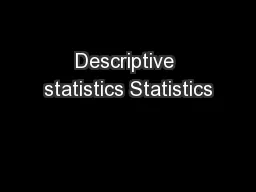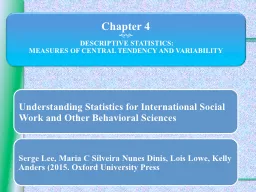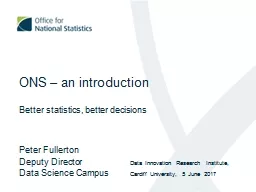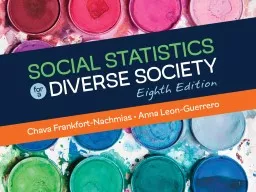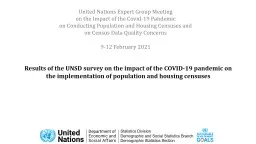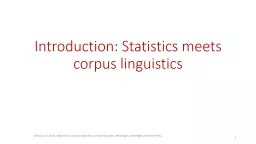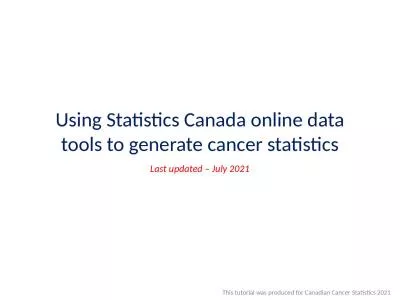PPT-Introduction to Statistics for the Social Sciences
Author : alexa-scheidler | Published Date : 2018-12-05
SBS200 Lecture Section 001 Spring 2018 Room 150 Harvill Building 900 950 Mondays Wednesdays amp Fridays Welcome 41118 Lecturers desk Harvill 150 renumbered
Presentation Embed Code
Download Presentation
Download Presentation The PPT/PDF document "Introduction to Statistics for the Socia..." is the property of its rightful owner. Permission is granted to download and print the materials on this website for personal, non-commercial use only, and to display it on your personal computer provided you do not modify the materials and that you retain all copyright notices contained in the materials. By downloading content from our website, you accept the terms of this agreement.
Introduction to Statistics for the Social Sciences: Transcript
Download Rules Of Document
"Introduction to Statistics for the Social Sciences"The content belongs to its owner. You may download and print it for personal use, without modification, and keep all copyright notices. By downloading, you agree to these terms.
Related Documents

